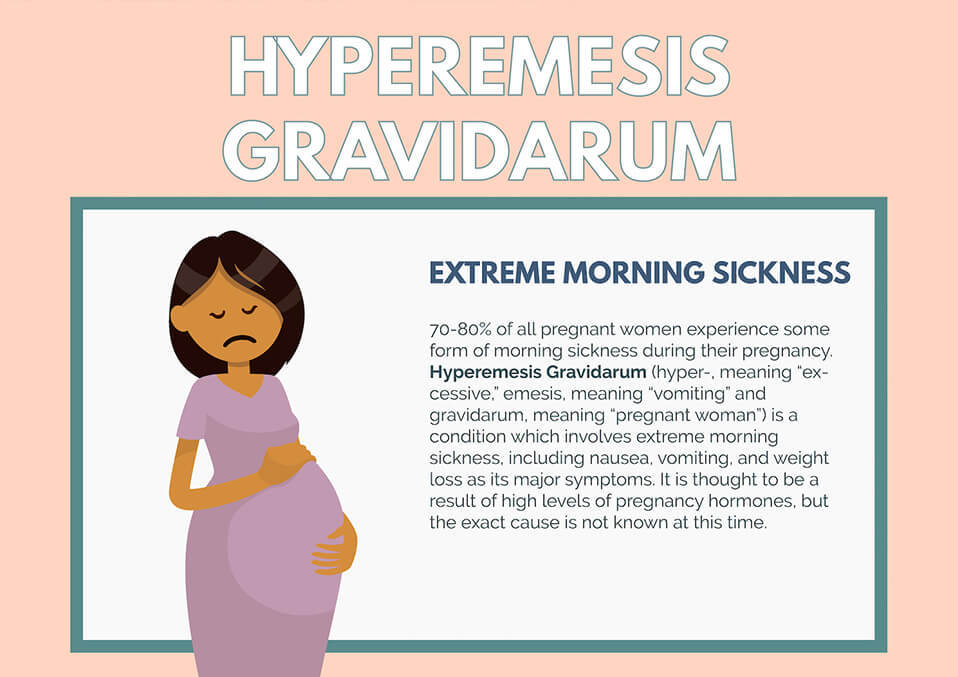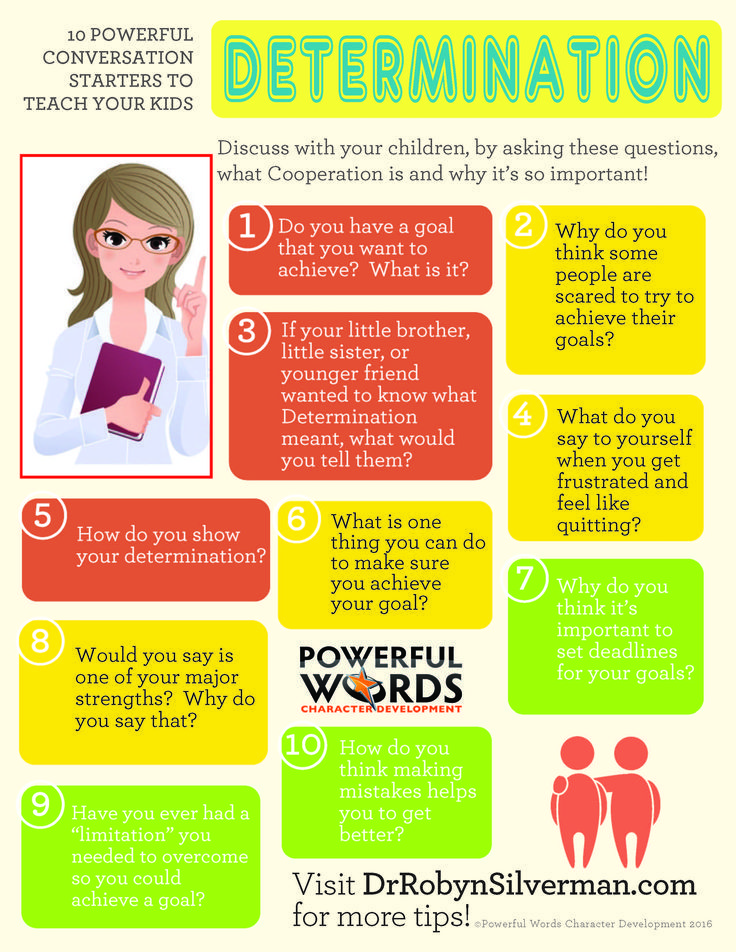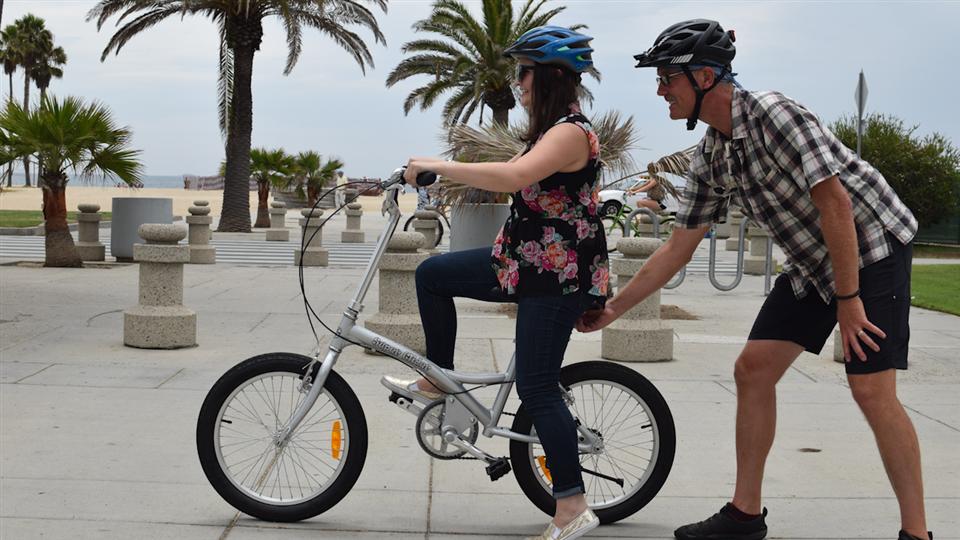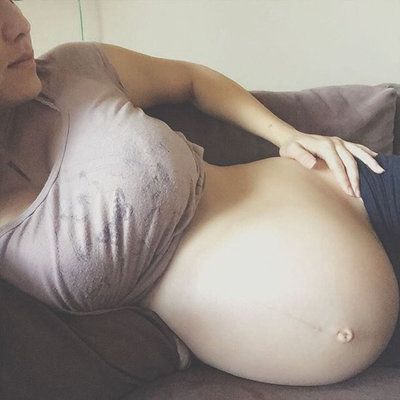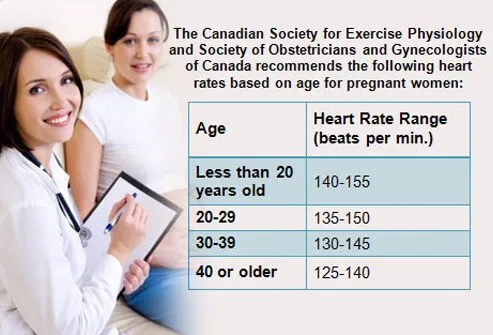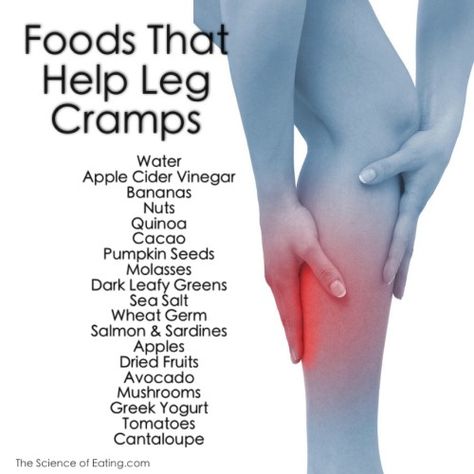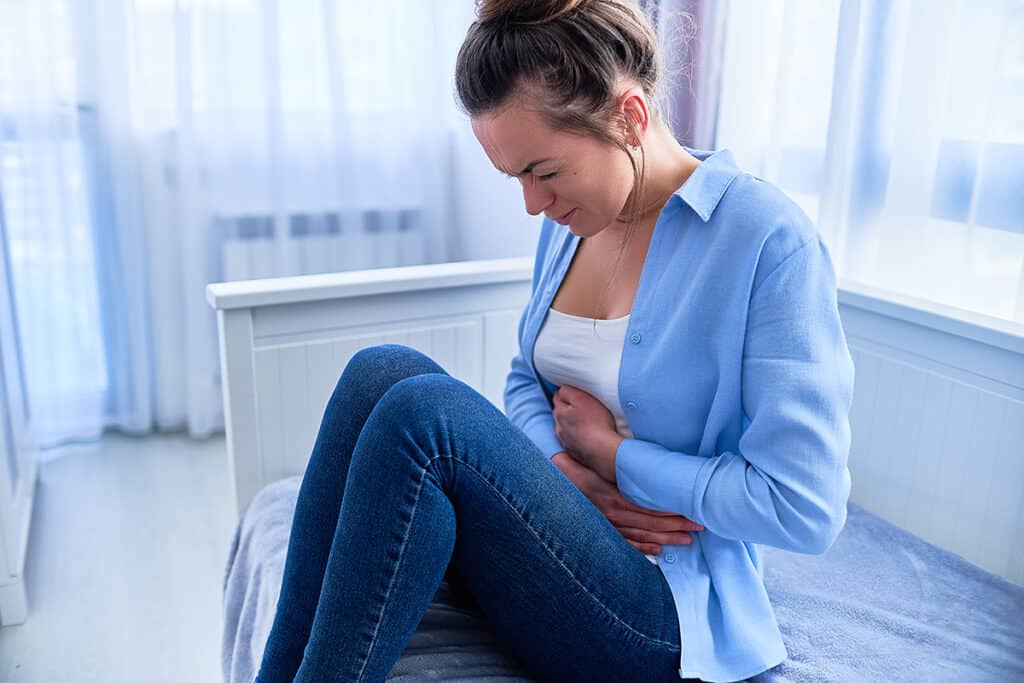White rash on baby bottom
Types of diaper rash: Pictures, causes, and treatments
A diaper rash is any rash that affects the area of skin a diaper would cover.
These rashes usually occur due to moisture and irritation from the diaper itself. However, some diaper rashes can indicate an underlying medical condition.
Most diaper rashes are relatively mild, but some can be quite severe, causing painful red welts and sometimes causing the skin to crack.
According to the American Academy of Pediatrics, a quarter of babies experience diaper rash. Knowing which type of diaper rash a baby has can help guide treatment.
This article will cover the causes, symptoms, and treatments associated with several types of diaper rash.
There are many different types of diaper rash. The sections below will look at each of these in more detail.
Irritant contact dermatitis
Irritant contact dermatitis is the most common type of diaper rash. It develops when something in the diaper, or sometimes the diaper itself, irritates the skin.
This type of dermatitis tends to get worse when a baby sits in a wet or dirty diaper for a long period of time.
Irritant contact dermatitis can cause red bumps or spots to appear in the area. If it gets severe enough, there may also be welts that can crack open and bleed. Open sores make it easier for fungi and bacteria to get into the skin, increasing the risk of a secondary infection.
Changing the baby’s diaper more frequently and using a diaper rash cream until the rash clears up can help treat irritant contact dermatitis.
Candidiasis, or yeast, infections
A group of fungi called Candida normally live in the skin and diaper area. When they grow in excess, however, it can cause a painful diaper rash called candidiasis, or a yeast infection.
The rash may look red and inflamed, and it may include white, fluid filled blisters or swollen spots with a white, scaly outer layer.
Sometimes, a child gets a yeast infection following severe diaper rash that cracks open and bleeds.
Applying a diaper rash cream can help treat some yeast infection rashes. It is also important to keep the area clean and dry.
If symptoms get worse or do not improve within a few days, a doctor may recommend using an antifungal cream.
Eczema
Eczema can cause painful spots to develop around the diaper area. A parent or caregiver might notice that the skin looks very dry and irritated. There may be red patches or hard, scaly areas of skin.
Many babies with eczema will also have it on other areas of the body. It is rare for it to occur only in the diaper area and nowhere else.
Moisturizing the area can help soothe eczema, but it may also keep the diaper area moist, increasing the risk of other types of diaper rash. A doctor may therefore recommend a steroid cream or another treatment, depending on the severity of the eczema.
Bacterial skin infections
Bacterial infections of the diaper area can cause red, swollen, and inflamed skin.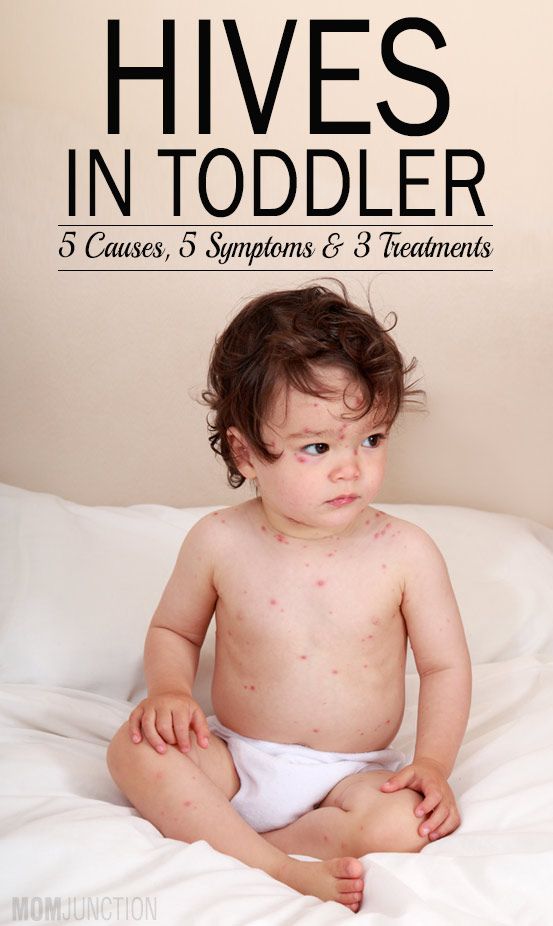
Without treatment, these infections could also spread to other areas of the body and become life threatening.
Babies with bacterial infections may develop a fever or seem sick. However, some may show no other symptoms besides the diaper rash.
In most cases, a doctor will prescribe antibiotics. Because bacterial infections can enter the body if diaper rash becomes severe and causes open wounds, preventing diaper rash may also prevent secondary infections.
Intertrigo
Intertrigo is a type of inflammatory skin condition that is more severe in skin folds and warm, wet places, such as the folds of the thighs or a baby’s buttocks.
Intertrigo sometimes gets secondary yeast or bacterial infections that require additional treatment. Babies who get intertrigo diaper rashes may also get other inflammatory rashes as adults.
In most cases, it is possible to manage intertrigo by removing the source of the irritation. For babies, this usually means more frequent diaper changes.
Psoriatic diaper rash
Psoriatic diaper rash is a type of psoriasis. Psoriasis is a chronic skin condition that causes the body to attack healthy cells, leading to thick, scaly patches of skin.
These scales may itch, and they often look pink or gray. Children may also have psoriatic patches elsewhere on the body, particularly the scalp.
Psoriasis does not get better with diaper rash treatment. However, some people may notice that certain irritants, such as a wet diaper, can trigger flares of psoriasis. Therefore, preventing diaper rash from developing is still important when a baby has psoriasis.
Numerous remedies can help treat psoriasis, including steroid creams and prescription drugs. Some people may also find relief from phototherapy.
Learn more about psoriasis in babies here.
To help treat and prevent diaper rash, a person can:
- Change diapers more frequently to prevent babies from sitting in moisture.
- Choose diapers that fit well and do not rub or chafe.
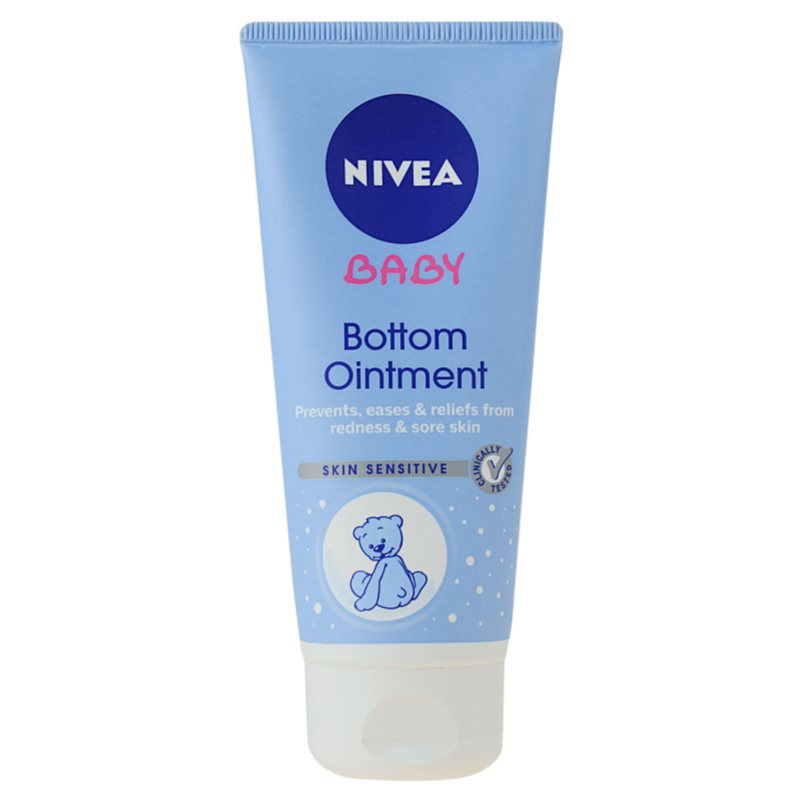 Diapers that are too small may irritate the diaper area.
Diapers that are too small may irritate the diaper area. - Thoroughly dry the baby before putting on a new diaper and before applying diaper rash ointment.
- Use a diaper rash cream containing zinc oxide or petroleum jelly.
- Change diaper brands. Some children do better with fragrance-free diapers or with specific brands.
- Use unscented diaper wipes or wet washcloths to clean the baby.
- If the baby has severe diaper rash, use a squirt bottle to clean the diaper area, instead of rubbing the rash with a wipe.
- Try keeping the baby out of their diaper as much as possible.
- Avoid using baby powder.
- If the child is old enough to potty train, support them to wear underwear as often as possible.
Most cases of diaper rash occur due to irritant contact dermatitis and will go away on their own or with home treatment.
If these steps do not help, however, a doctor can prescribe medication and offer advice.
Learn more about treating diaper rash here.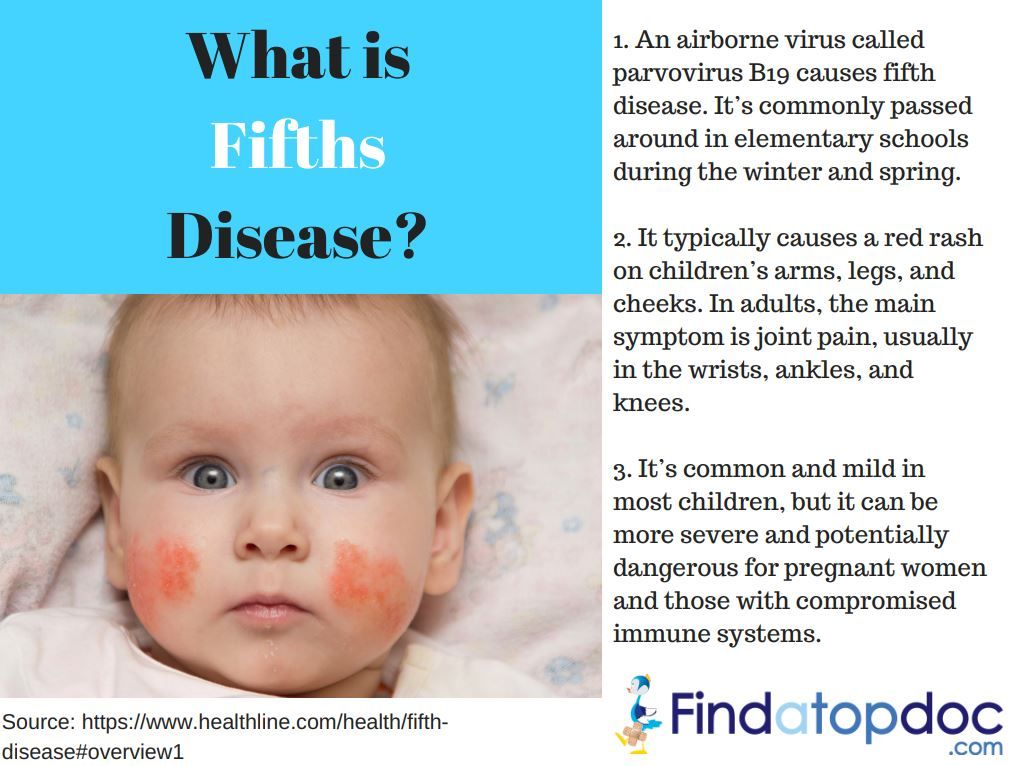
Parents and caregivers can see a doctor about severe diaper rash that cracks open and bleeds or does not get better with home treatment.
A doctor should be able to diagnose the cause of the diaper rash by examining the baby. If they suspect an underlying medical condition, they may recommend blood work or other tests.
If the diaper rash has a bacterial infection, a doctor may prescribe broad-spectrum antibiotics or take a culture to see which bacteria are present.
Diaper rash can cause discomfort in babies. Severe diaper rash may even cause dangerous infections. However, trying a few simple management strategies can reduce the risk of a baby experiencing severe diaper rash.
Even with these interventions, however, some children continue to get diaper rash. A doctor or pediatrician can help with assessing the cause and make recommendations for preventing diaper-related pain and irritation.
Common Diaper Rashes & Treatments
Log in | Register
Ages & Stages
Ages & Stages
By: Ingrid Polcari MD, FAAP
At least half of all babies get a diaper rash at some point.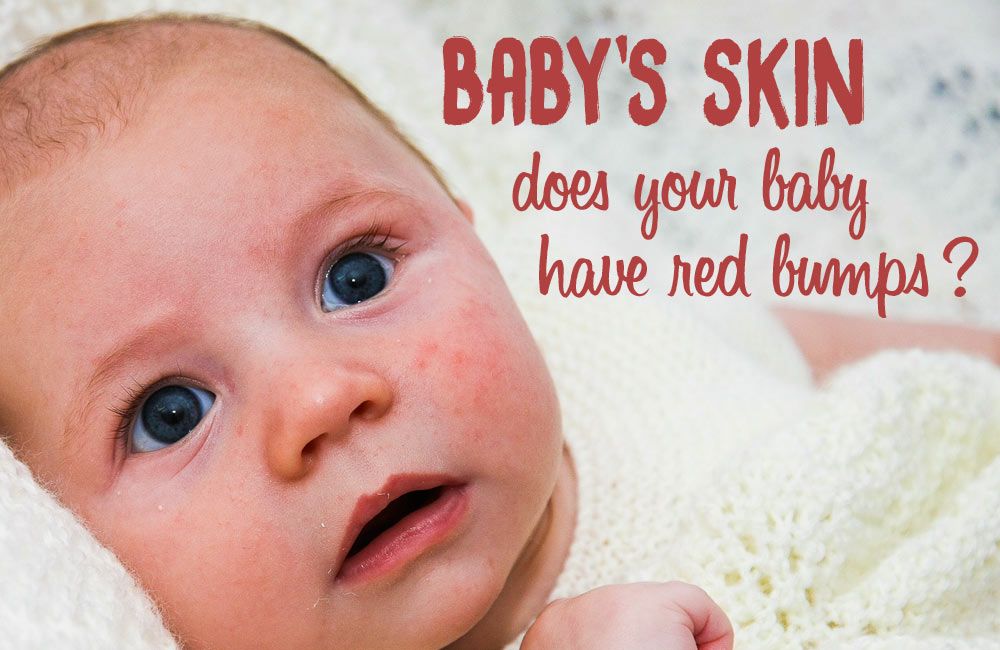 In fact, reddened, inflamed skin in the diaper area is one of the most common reasons parents seek medical care from their child's doctor. You're not alone!
In fact, reddened, inflamed skin in the diaper area is one of the most common reasons parents seek medical care from their child's doctor. You're not alone!
1. Irritant diaper rash
The most common type of diaper rash is "irritant dermatitis." The diaper area spends much of the day in contact with two very irritating substances: urine and stool. If your child has diarrhea or is teething―meaning extra saliva is being swallowed and passes through the gut―the chance of developing a diaper rash is even greater.
Irritant diaper rash looks like pink or red patches on the skin covered by the diaper. The groin folds are more protected from urine and stool, so this skin usually looks normal.
Image caption: Examples of irritant diaper rash. The far right photo shows a more severe case with open sores.
2. Yeast infection
Another fairly common cause of diaper rash is yeast infection, caused by overgrowth of a type of fungus found naturally in the digestive tract.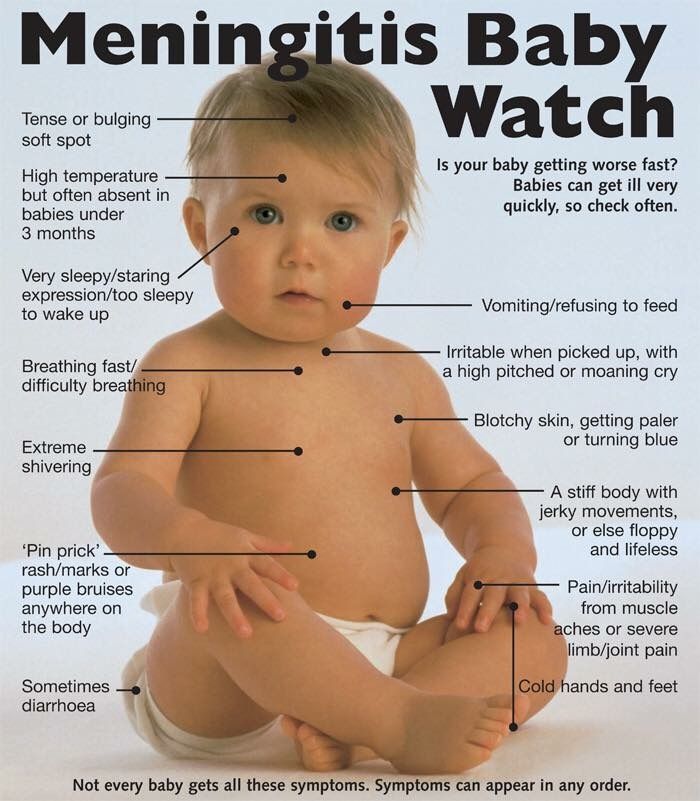 Clues that the rash might be due to a yeast infection include shiny, bright red or pink patches with sharp edges. This rash may also have little pink bumps or pimples. In severe cases, there may be sores or cracking skin that oozes or bleeds. Unlike with irritant diaper rash, a yeast diaper rash is usually worse in the groin folds.
Clues that the rash might be due to a yeast infection include shiny, bright red or pink patches with sharp edges. This rash may also have little pink bumps or pimples. In severe cases, there may be sores or cracking skin that oozes or bleeds. Unlike with irritant diaper rash, a yeast diaper rash is usually worse in the groin folds.
A yeast diaper rash may develop after your baby has taken antibiotics. If your baby has this type of diaper rash, be sure to wash your hands thoroughly before and after diaper changes. Your pediatrician may recommend or prescribe a topical antifungal cream for the rash. See Thrush and Other Candida Infections.
Image caption: Scaling skin spreading to the thighs and abdomen is typical with a yeast (candida) diaper rash.
3. Bacteria
Rarely, diaper rash can be caused by a bacterial infection. This is also called
impetigo. Certain types of bacteria (like
staph and
strep) can cause diaper rash or make an existing one worse. Bright red skin around the anus can be a clue to a strep infection. Yellow crusting, weeping, or pimples can be a clue to a staphylococcus or "staph" infection. Any infection in the diaper area needs to be confirmed and treated by your child's doctor.
This is also called
impetigo. Certain types of bacteria (like
staph and
strep) can cause diaper rash or make an existing one worse. Bright red skin around the anus can be a clue to a strep infection. Yellow crusting, weeping, or pimples can be a clue to a staphylococcus or "staph" infection. Any infection in the diaper area needs to be confirmed and treated by your child's doctor.
Image caption: Left, strep infection diaper rash; Right: staph diaper infection
Do not use over-the-counter antibiotic ointment for diaper rashes; sometimes ingredients in these products can worsen skin irritation.
4. Allergy
Occasionally, babies with sensitive skin may have an
allergic reaction to a specific ingredient in diapers, wipes, and/or creams. Common allergens include dyes or elastics in the diaper, and fragrances or preservatives in diaper wipes or creams. Clues that might suggest an allergy include a rash that happens after every exposure to that product and a rash that shows up everywhere that product is applied.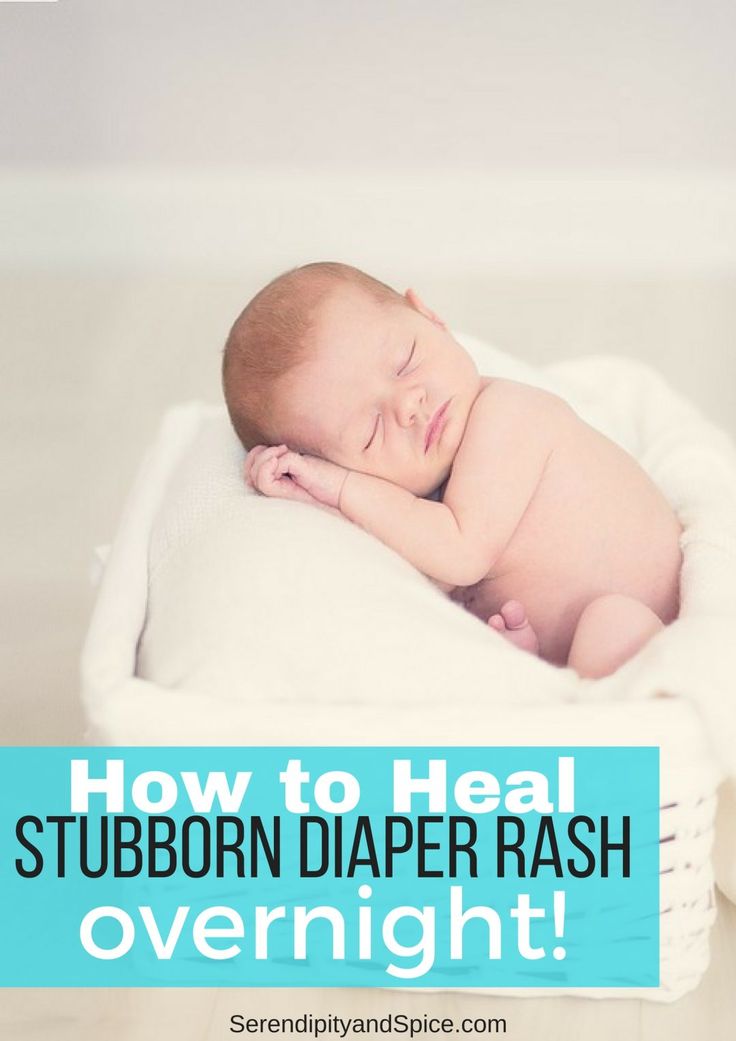 Switching brands or types of products for a 2-week period can sometimes help sort this out.
Switching brands or types of products for a 2-week period can sometimes help sort this out.
Image caption: allergic reaction to diaper wipes.
5. Other rare types of diaper rashes
There are rare conditions that can start as or mimic diaper rash. Examples include seborrheic dermatitis, which may involve overproduction of oil in the skin, and pediatric psoriasis. Genetic conditions such as acrodermatitis enteropathica, an inherited form of zinc deficiency, may also cause rashes in the diaper area.
Bottom Line:
Talk with your pediatrician if you have any questions about diaper rashes, and how to treat and prevent them.
Additional Information:
-
Why is My Baby Always Getting Diaper Rashes?
- Symptom Checker: Diaper Rash
- Bathing Your Baby
- Baby Birthmarks and Rashes
-
What Is Diaper Rash? (The Society for Pediatric Dermatology)
About Dr.
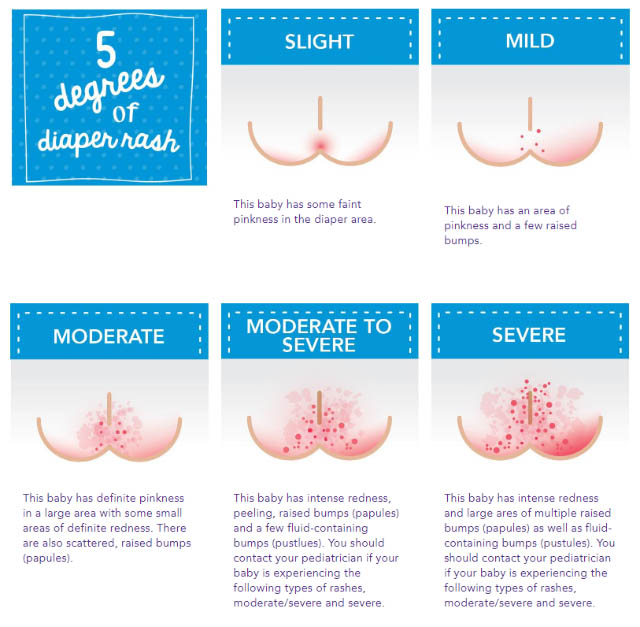 Polcari:
Polcari:
Ingrid Polcari MD, FAAP, is an Assistant Professor in the Departments of Dermatology and Pediatrics at the University of Minnesota and is the Program Director of the Dermatology Residency Program at the University of Minnesota. Within the American Academy of Pediatrics, she is a member of the Section on Dermatology. She is also a member of the Education Committee within the Society for Pediatric Dermatology.
- Last Updated
- 1/15/2020
- Source
- AAP Section on Dermatology (Copyright @ 2020 American Academy of Pediatrics)
The information contained on this Web site should not be used as a substitute for the medical care and advice of your pediatrician. There may be variations in treatment that your pediatrician may recommend based on individual facts and circumstances.
Rash in a child on the body, legs, back
We treat children according to the principles of evidence-based medicine: we choose only those diagnostic and treatment methods that have proven their effectiveness. We will never prescribe unnecessary examinations and medicines!
Make an appointment via WhatsApp
Prices Doctors
The first children's clinic of evidence-based medicine in Moscow
No unnecessary examinations and medicines! We will prescribe only what has proven effective and will help your child.
Treatment according to world standards
We treat children with the same quality as in the best medical centers in the world.
The best team of doctors in Fantasy!
Pediatricians and subspecialists Fantasy - highly experienced doctors, members of professional societies. Doctors constantly improve their qualifications, undergo internships abroad.
Ultimate treatment safety
We made pediatric medicine safe! All our staff work according to the most stringent international standards JCI
We have fun, like visiting best friends
Game room, cheerful animator, gifts after the reception.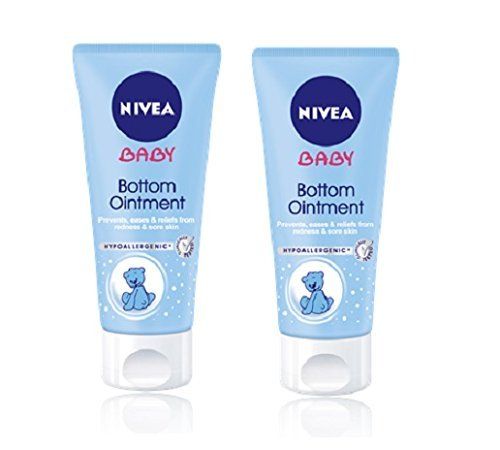 We try to make friends with the child and do everything to make the little patient feel comfortable with us.
We try to make friends with the child and do everything to make the little patient feel comfortable with us.
You can make an appointment by calling or by filling out the form on the website
Other Pediatric services
- Pediatrician's consultation
- Child Health Management Program
Frequent calls
- Acute bronchiolitis in children: diagnosis and treatment
- SARS
- Angina streptococcal tonsillitis
- Frequently ill child nine0034
- Intestinal infections
- Pneumonia (pneumonia) in children
- Colic
- Feeding problems
- Prolonged cough in a child: diagnosis and treatment
- Acute bronchitis in children: diagnosis and treatment
- Pneumonia (pneumonia) in children: diagnosis and treatment nine0034
- False croup in a child
- Coxsackie virus in a child
- The child was bitten by a tick! What to do?
Online payment
Documents online
Online services
- nine0079
Causes of a rash in children
Naturally, only a pediatrician, dermatologist or allergist can correctly determine the cause of the rash , diagnose and prescribe treatment for a child.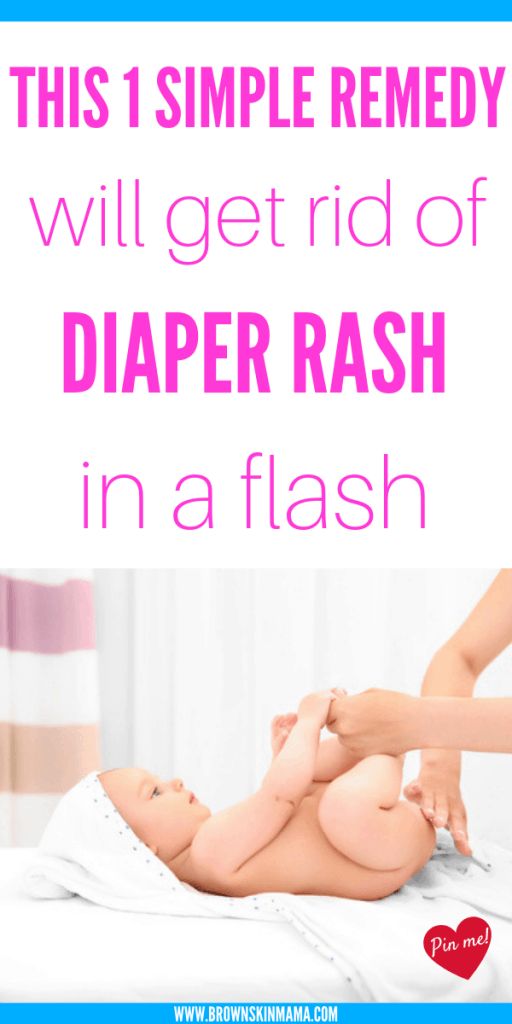 But provide initial assistance, relieve itching and the parents themselves can help the baby, knowing the main signs and causes of rash . At the first stage, it is important to determine the nature of the rash - infectious , allergic or none of the above.
But provide initial assistance, relieve itching and the parents themselves can help the baby, knowing the main signs and causes of rash . At the first stage, it is important to determine the nature of the rash - infectious , allergic or none of the above.
Causes of rashes in children:
1. Newborn acne . For the first time may occur in newborns at the age of 1 - 2 months. As a rule, such rashes are hormonal in nature, are not contagious and are not allergic . A rash in the form of pimples, sometimes with a white dot in the middle, appears on the head, body of the baby. If there are no purulent compartments, then the rash goes away on its own and does not require treatment. Acne can also occur in teenagers. They most often appear on the face in the form of black dots and are associated with hormonal changes in the body of a teenager and an increased work of the sebaceous glands. 2. Urticaria is an allergic reaction on the child's skin, accompanied by itching and the appearance of blisters on various parts of the body, in some cases the temperature may rise and the child's stool is disturbed. The blisters appear suddenly and can disappear just as quickly, but sometimes they disappear only after a few days. The causes of urticaria can be various factors: hormonal disorders, malfunctions of the liver, kidneys, consumption of foods that caused an allergic reaction (fish, eggs, citrus fruits, etc.), insect bites, reaction to sunlight, temperature changes, emotional stress etc. Urticaria can be chronic does not go away for a long time, and acute disappears after a few hours. 3. Food allergy manifests as pinkish-red spots. It is slightly convex, edematous in places of scratching and is accompanied by itching. It is localized, as a rule, on the baby's cheeks, but can also appear on other parts of the body. It can occur in both infants and adolescents. If the baby is breastfed, then the allergy that has arisen is associated with the products consumed by the mother. If the newborn is artificially fed, then an allergic reaction may appear on the mixture. In older children, food allergies can be triggered by fish, eggs, nuts, chocolate, strawberries, and other foods; nine0003 Allergy, as a rule, is accompanied by edema, which in turn, if not properly treated and provided with untimely assistance, cause suffocation . If an allergy of any nature occurs, a pediatrician's consultation is required to help in choosing the optimal mixture for the baby, or a pediatric dermatologist - allergist for referral to laboratory tests of older children ; 4. 5. Prickly heat . It occurs mainly in infants. It manifests itself in the form of red pimples all over the body, especially in the inguinal zone. The affected areas must be smeared with a special baby cream, air baths more often for the baby and a diaper change; nine0003 6. Roseola (erythema infectiosum) is an acute childhood viral disease affecting only children under 2 years of age. Very often, roseola is confused with SARS or rubella . 7. Windmill . This is a common childhood infectious disease that requires treatment. The incubation period of this disease can last from 11 to 21 days. Occurs at any age. It is accompanied by a rash on the skin and mucous membranes in the form of red spots, in the center of which blisters with a yellowish liquid are localized. Accompanied by itching. As the disease progresses, the blisters burst, crusts form, leaving scars if the child has scratched the blister and brought the infection. The disease can also cause fever and headache; nine0003 8. Measles is an acute infectious disease that is quite rare due to the use of vaccinations. 9. Scarlet fever is an acute infectious streptococcal disease. Begins with sore throat, high temperature, enlarged tonsils , in some cases with plaque. Then a small dotted rash appears on the back, chest, knees, armpits, groin and quickly spreads throughout the body and face. 10. Rubella is an acute infectious disease . The disease begins with a slight increase in temperature and enlargement of the lymph nodes in the parotid and cervical region. A small rash also appears on the face and behind the ears, and then all over the body. Rubella is very dangerous for pregnant women, and complications can occur in older children and adolescents. In children, the disease proceeds in a fairly mild form; 11. Meningitis is an inflammation of the membranes of the brain and spinal cord. Rash in meningitis is not the main symptom. However, with this disease, rashes appear on the back of the throat, as well as on the hips, back, buttocks in the form of a red rash of various shapes. Symptoms of meningitis include very high fever, severe headache, vomiting, photophobia, and neck muscle tension. 12. Streptoderma is a skin infection caused by Staphylococcus aureus. The disease affects, as a rule, the paranasal and perioral region. In the beginning, redness appears around the nose and mouth, then small bubbles with liquid. When they burst, yellow crusts remain. The disease may be accompanied by fever; 13. Herpes is an infectious disease accompanied by the appearance of blisters on the skin and mucous membranes, in children it is most often located on the lips. This disease is extremely rare in newborns, because. they are given maternal immunity. It affects children from 3 to 4 years of age. In addition to a rash, the disease may be accompanied by a sore throat, fever. nine0003 There are a lot of skin rashes and diseases in children, they can be very similar, but some are completely harmless to your child's health, while others pose a threat not only to the general condition, but also to the child's life! Do not take risks, and if you have any doubts, if any spots, rashes and other symptoms appear, contact your pediatrician, who, if necessary, will refer you and your child to a pediatric dermatologist, allergist, neurologist or other highly specialized specialist, depending on the nature of the rash and the severity of the skin disease.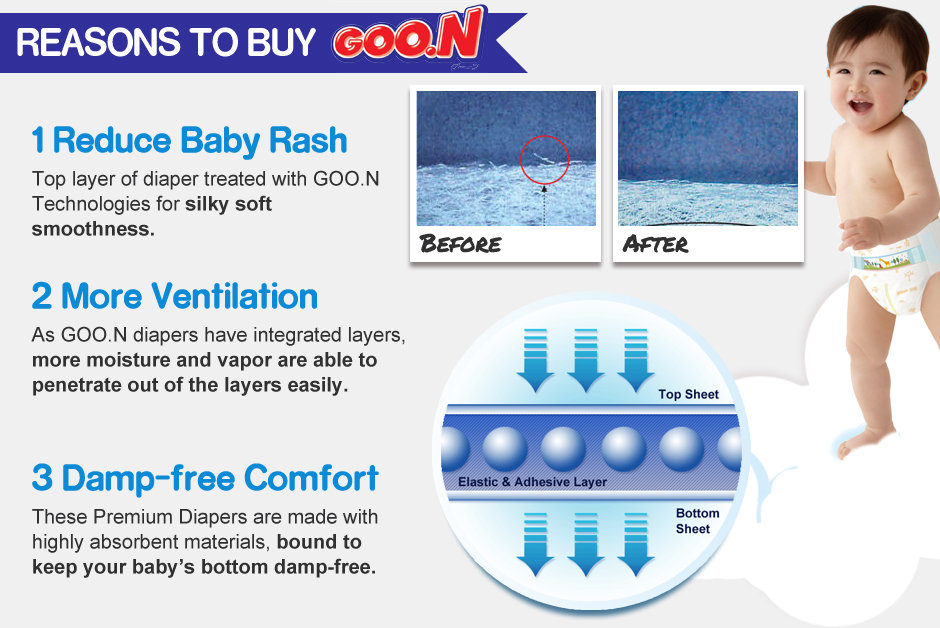 To prevent acne, there are cosmetic lotions, washing gels and other products. In case of inflammation, it is better to seek advice from a pediatric dermatologist or cosmetologist, because. antibiotic treatment may be needed; nine0003
To prevent acne, there are cosmetic lotions, washing gels and other products. In case of inflammation, it is better to seek advice from a pediatric dermatologist or cosmetologist, because. antibiotic treatment may be needed; nine0003 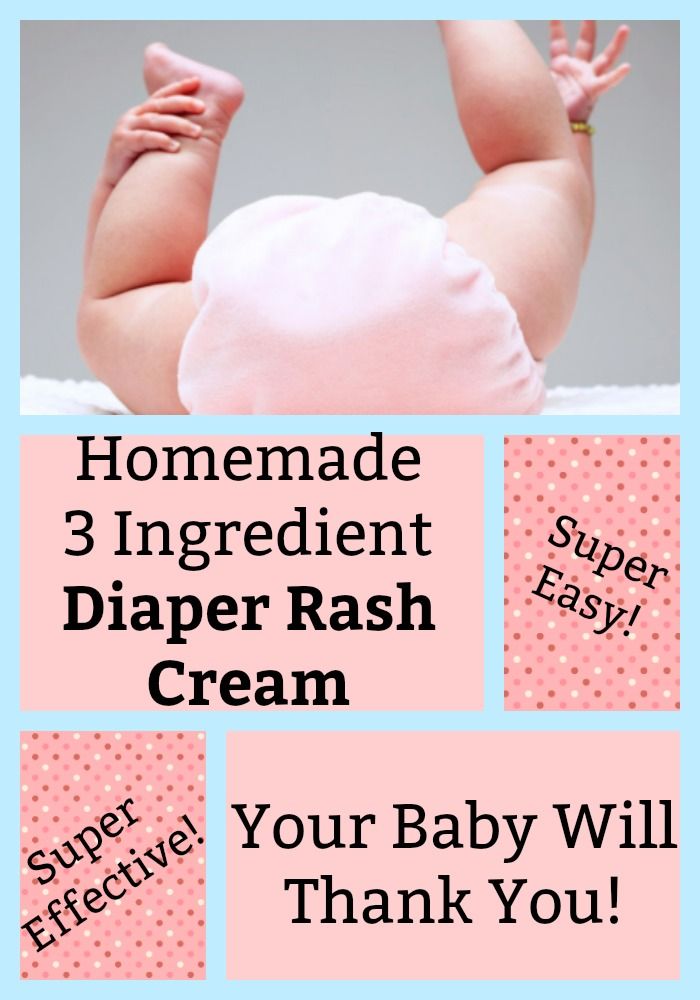 For the treatment of urticaria, it is important to identify the underlying cause that caused it;
For the treatment of urticaria, it is important to identify the underlying cause that caused it;  Household allergies . It can occur in both newborns and older children. It usually appears as pimples all over the body and is accompanied by lachrymation, sneezing. The causes of such a reaction of the body can be washing powder and other detergents, dust, plants, animal hair, etc. An allergic rash differs from an infectious rash in that the child does not have a temperature with it, he does not have general ailments, there is no loss of appetite, drowsiness;
Household allergies . It can occur in both newborns and older children. It usually appears as pimples all over the body and is accompanied by lachrymation, sneezing. The causes of such a reaction of the body can be washing powder and other detergents, dust, plants, animal hair, etc. An allergic rash differs from an infectious rash in that the child does not have a temperature with it, he does not have general ailments, there is no loss of appetite, drowsiness; 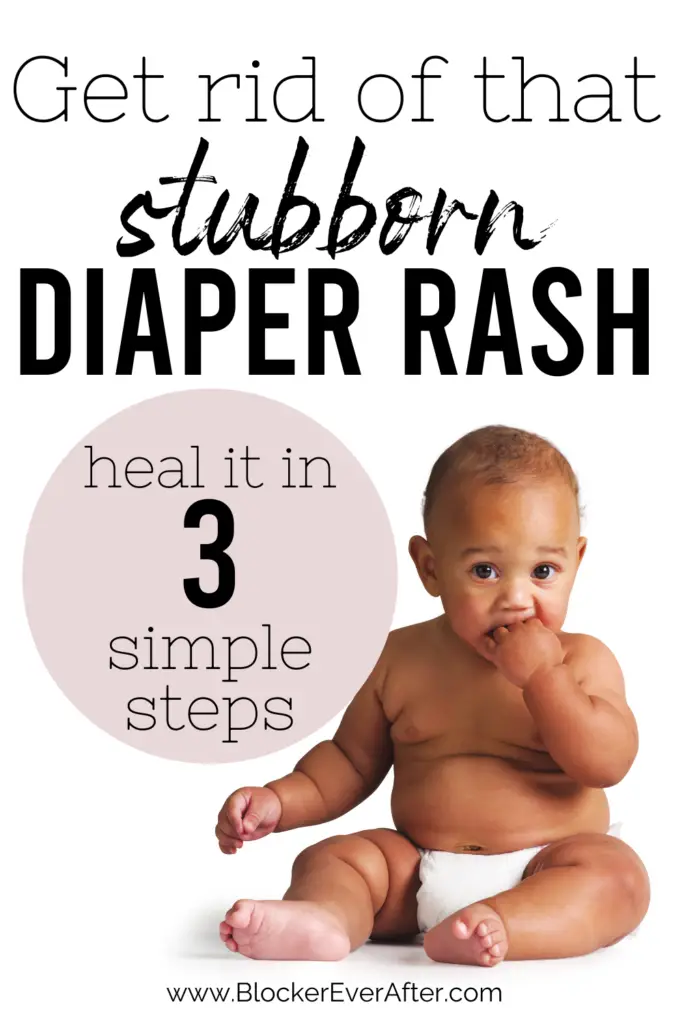 At the beginning of the illness, the baby's temperature rises sharply, which lasts 3-5 days, and after that the child becomes covered with a red-pink rash that disappears in 5-7 days. This is not a dangerous disease, it does not require treatment, and if it occurs, the child should be given only antipyretic drugs;
At the beginning of the illness, the baby's temperature rises sharply, which lasts 3-5 days, and after that the child becomes covered with a red-pink rash that disappears in 5-7 days. This is not a dangerous disease, it does not require treatment, and if it occurs, the child should be given only antipyretic drugs; 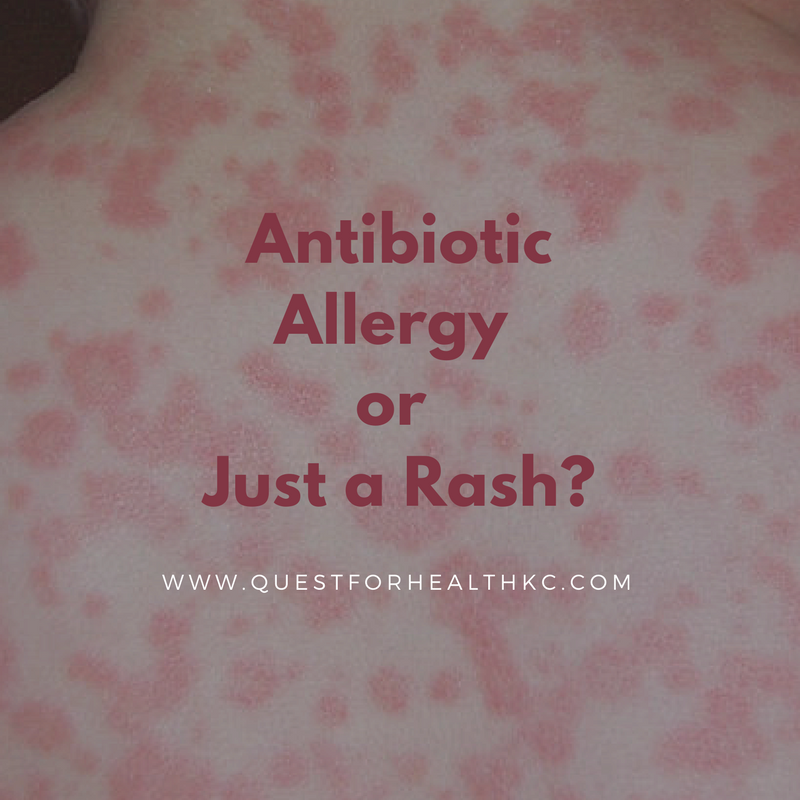 In addition, this virus is rarely activated in babies under 8 months old, because. they are protected by their mother's immunity. The disease begins with symptoms of a common cold - coughing, lacrimation, sneezing and fever up to 40 C. Then the child develops white spots on the mucous surface of the cheeks, nasal discharge, severe headache, photophobia. Then, within a few days, red spots of various shapes appear on the face, neck, near the head and further throughout the body. The disease is contagious within a week of the onset of the first symptoms. The virus is dangerous with complications such as: meningitis , pneumonia , development of deafness, brain damage and even death;
In addition, this virus is rarely activated in babies under 8 months old, because. they are protected by their mother's immunity. The disease begins with symptoms of a common cold - coughing, lacrimation, sneezing and fever up to 40 C. Then the child develops white spots on the mucous surface of the cheeks, nasal discharge, severe headache, photophobia. Then, within a few days, red spots of various shapes appear on the face, neck, near the head and further throughout the body. The disease is contagious within a week of the onset of the first symptoms. The virus is dangerous with complications such as: meningitis , pneumonia , development of deafness, brain damage and even death; 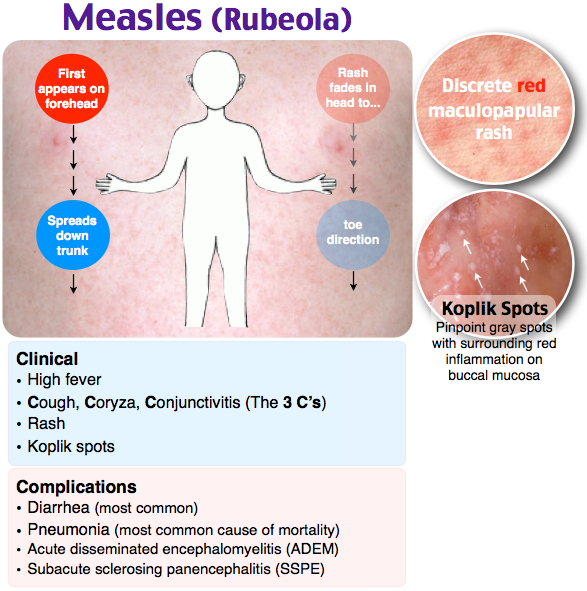 Only the area around the mouth remains white. Throat and tongue become very red. By the end of the disease, peeling of the skin on the toes and hands begins; nine0003
Only the area around the mouth remains white. Throat and tongue become very red. By the end of the disease, peeling of the skin on the toes and hands begins; nine0003 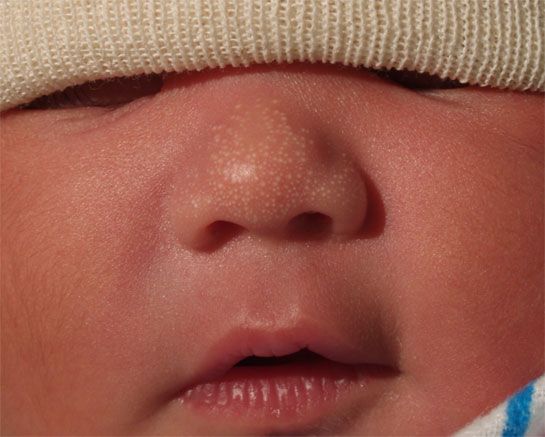 At the slightest suspicion of meningitis, parents should immediately consult a doctor. Timely help with this disease will save the child's life; nine0003
At the slightest suspicion of meningitis, parents should immediately consult a doctor. Timely help with this disease will save the child's life; nine0003 
